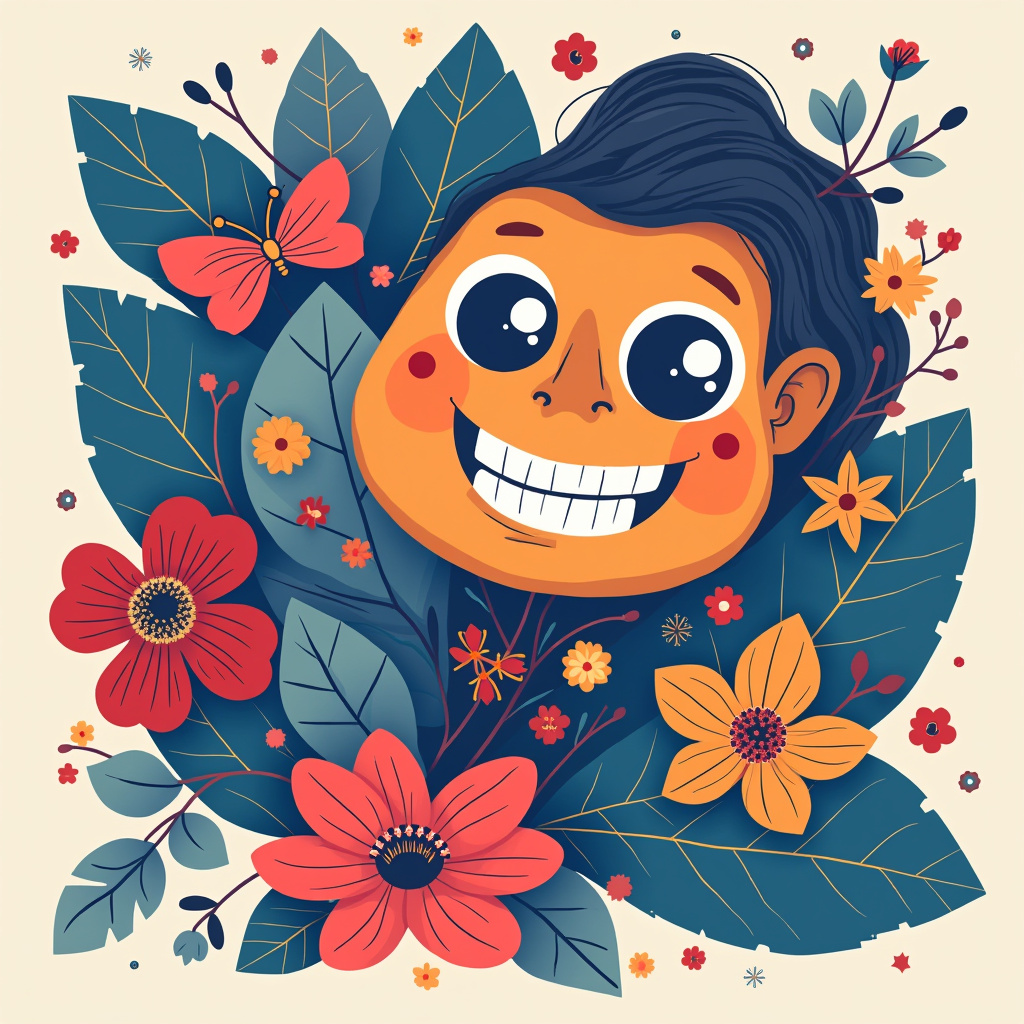Introduction
Graphic design is an art form that combines creativity and technology to communicate ideas visually. In recent years, Artificial Intelligence (AI) has become a powerful tool in the graphic design industry, transforming how designers approach their work. Whether you’re a seasoned professional or a novice exploring design, understanding AI’s role can enhance your creative process.
What is AI in Graphic Design?
AI in graphic design refers to the use of machine learning algorithms and advanced software tools to assist designers in various tasks. This technology can analyze data, generate content, and even suggest design elements, making the design process more efficient and innovative. Here are some ways AI is utilized:
- Automating Repetitive Tasks: AI can handle mundane tasks like resizing images, adjusting colors, or formatting layouts, allowing designers to focus on more complex creative challenges.
- Generating Design Suggestions: AI tools can analyze existing design trends and user preferences to suggest layouts, color schemes, and typography that resonate with the target audience.
- Enhancing Creativity: By offering unique combinations of design elements, AI can inspire designers to think outside the box and explore new creative avenues.
The Benefits of AI in Graphic Design
The integration of AI into graphic design brings several benefits:
- Increased Efficiency: With AI handling routine tasks, designers can complete projects faster, meeting tight deadlines without compromising quality.
- Cost-Effective Solutions: Many AI tools are available at a lower cost compared to hiring additional staff, making it easier for small businesses and freelancers to access high-quality design resources.
- Personalization: AI can analyze user data to create personalized design experiences, allowing businesses to connect with their audience on a more personal level.
Challenges and Considerations
Despite its advantages, AI in graphic design is not without challenges. Some designers may feel that AI threatens their creative autonomy or undermines the value of human artistry. Additionally, reliance on AI tools can lead to homogenized designs if not used thoughtfully. Here are a few considerations:
- Finding Balance: Designers should view AI as a partner rather than a replacement, using technology to enhance their creativity rather than stifle it.
- Continuous Learning: As AI tools evolve, designers must keep up with new technologies and trends to remain competitive in the ever-changing design landscape.
- Cultural Sensitivity: AI algorithms can sometimes lack cultural context, so designers must ensure that their work resonates with diverse audiences while avoiding stereotypes.
Conclusion
AI is undoubtedly shaping the future of graphic design, offering exciting possibilities for innovation and creativity. By embracing AI tools, designers can streamline their workflows, enhance their creative output, and deliver more personalized experiences to their audiences. As we move forward, the key will be to find harmony between human creativity and AI capabilities, ensuring that the art of graphic design continues to thrive in this digital age.




